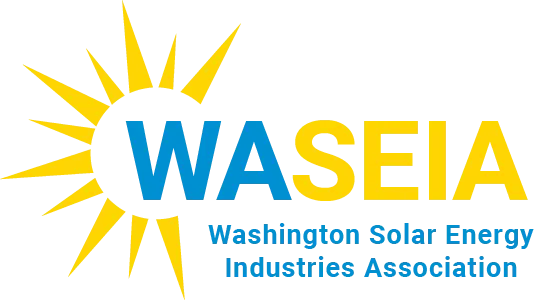Gov. Jay Inslee today signed and executive order outlining a series of steps to cut carbon pollution in Washington and advance development and use of clean energy technologies.
This is the right time to act, the right place to act and we are the right people to act,” Inslee said in remarks delivered at Shoreline Community College’s Professional Automotive Training Center.
“We will engage the right people, consider the right options, ask the right questions and come to the right answers – answers that work for Washington.”
Inslee’s executive order builds on earlier studies and work groups to create an action plan in six key areas. It does not implement any new programs, instead setting out a deliberative and public process.
The Legislature in 2008 adopted a timeline for reducing greenhouse gas emissions, calling for the state to meet certain emission limits in 2020, 2035 and 2050. Yet the consultant hired by Inslee’s Climate Legislative and Executive Workgroup reported that the state “will not meet its statutory reductions for 2020, 2035 and 2050 with current state and federal policies.”
The order came on the heels of the consultant noting that “near-term action” is needed to meet the 2020 limits and “decisive actions taken today can set Washington squarely on a long-term path” to achieve the 2035 and 2050 limits.
In the order, Gov. Inslee wrote
“I ask that the WSU Energy Program, in consultation with the Utilities and Transportation Commission, the Department of Commerce, and other state agencies as appropriate, convene and work with utilities, solar manufacturers, installers, and other stakeholders, to review current statutes, rules, policies, and incentives for solar energy in the state. “I ask that this review address how to ensure effective state financial incentives, consistent with the benefits and costs of solar energy, and how to better target those incentives, and make them available to a broader range of organizations and individuals that can help advance and deploy solar energy in the state.
“Further,” the governor continued, “the review should evaluate how best to ensure consumer protection, how to ensure continued grid reliability, and where we must change state statutes to clarify jurisdiction and establish necessary policies. I ask the WSU Energy Program to work with the agencies and stakeholders on recommendations for how to significantly expand the use of solar energy in our state.”
To that end, a Carbon Emissions Reduction Taskforce composed of 21 leaders from business, labor, health and public interest organizations was formed to provide recommendations to the governor on design and implementation of a market-based carbon pollution program.
The action plan elements call for these steps:
- Reduce carbon emissions through new cap-and-market program
- End use of electricity generated by coal
- Develop clean transportation options and cleaner fuels
- Accelerate development and deployment of clean energy technology
- Improve the energy efficiency of the places we work and live
- Reduce state government’s carbon footprint
Inslee also directed the taskforce to “consider measures to offset costs to consumers and businesses and to design strategies to help energy-intensive industries transition from carbon-based energy sources.”
Most of the major action plan elements set down in the order will require either legislative approval or appropriation for funding. The order came


